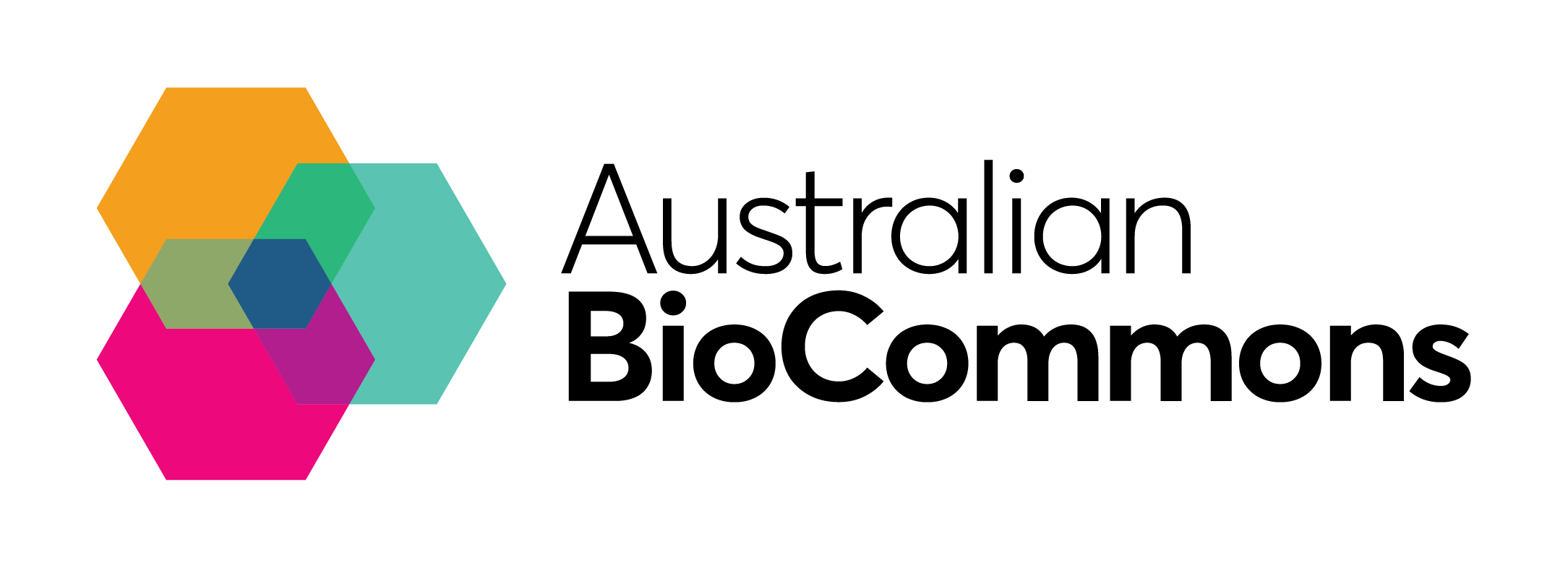Launching the Australian AlphaFold Service
A new Australian BioCommons service is now offering researchers the chance to accelerate their research through access to AlphaFold. By providing this new capability through Galaxy Australia, the powerful tool is backed by the required computational resources at no cost to Australian researchers. After an intensive period of testing across many fields of biology, access is now open to the new Australian AlphaFold Service.
When the AI system, AlphaFold, was released by DeepMind it promised to reduce painstakingly laborious and time consuming experimental techniques for determining protein structures down to accurate predictions that can take minutes. Researchers jumped at the opportunity to investigate the 3D structure predictions built using only their primary amino acid sequences.
In July 2022, Deepmind partnered with EMBL’s European Bioinformatics Institute (EMBL-EBI) to release the predicted structures for nearly all catalogued proteins known to science, expanding the AlphaFold Database to over 200 million structures. With accuracy rivalling real-life experiments and the results shared freely the impact of the tool on research was felt internationally.
Galaxy Australia seized the opportunity to facilitate access to the tool for even more researchers. They made AlphaFold 2 available in their easy-to-use interface, and paired it with the GPU clusters required to power AlphaFold.
To design the best possible service, Galaxy Australia worked with a group of beta testers who provided feedback on how to improve the experience for their particular research application. A diverse group of Australian researchers who brought with them a wide range of experience with AlphaFold and Galaxy.
Dr Kate Michie runs the Structural Biology Facility at the Mark Wainwright Analytical Centre, UNSW, and has incorporated AlphaFold into her standard practice. The protein structure prediction speeds up laborious and sometimes frustrating protein crystallisation, saving time and money in the wetlab process.
“As structural biologists, we can use AlphaFold for both designing constructs and solving protein structures. It is quickly becoming the first thing you do, to inform what happens in the lab.”
Kate is currently looking at ways to sustain her ongoing use of AlphaFold in the long term. The computationally intensive jobs are expensive to run, so she was keen to sign up to become a beta tester for the new service. These types of jobs may not run as fast as on a dedicated private facility, but once submitted to the Australian AlphaFold Service they conveniently run in the background at no cost to researchers.
Another benefit of using AlphaFold in this way comes from the easy to navigate interface that is provided by Galaxy Australia. Like many of the beta testers, Kate is an experienced user already, and found using the tool in Galaxy Australia was easier.
“AlphaFold is enormously helpful for lots of different projects, and they are often led by researchers who are not structural biologists, who come to me asking “what can I understand from this esoteric protein we found in some weird organism?” So in order to really jump things forward and trim down which experiment is likely to work and which one isn’t, I become this mediator who helps interpret what AlphaFold can do for them and run their structures.
Ideally researchers could be using the Australian AlphaFold Service themselves. It is easy to navigate and it would be awesome if I don’t have to perform the AlphaFold runs for them.”
Dr Frank Sainsbury from the Griffith Institute for Drug Discovery at Griffith University had not used Galaxy Australia before, and was concerned about whether he would have the computational skills to be one of the beta testers for the new AlphaFold service. But with Galaxy Australia removing any requirement to install and compile obscure software, he had such success that he is looking at integrating it into his future research.
“We are looking at how a particular genus of plant viruses evolved to only infect plants. We make virus-like particles in order to determine the structure of viruses and also for drug discovery and biomedical use. AlphaFold was used to check for evidence of a core structural domain of a putative coat protein and the fact that it was there gave us the confidence to go on and make virus-like particles.”
The beta testers also identified other potentially powerful capabilities they would like to see, like using Alphafold to visualise and predict interactions between homo- and hetero- polymer proteins. This functionality is in the Alphafold Multimer tool, so Galaxy Australia is working to make it available in the future. The team is always open to finding new ways to support researchers, in this case to enable even greater insights into the 3D structural relationships between proteins.
If you are an Australian researcher who is keen to use AlphaFold to investigate protein structure, apply for access to the Australian AlphaFold Service now.
The Australian AlphaFold Service is part of Galaxy Australia which is managed by QCIF, Melbourne Bioinformatics and AARNet. The AlphaFold Service is specifically underpinned by scalable computational resources procured from Microsoft Azure. This service is supported by funding from the Queensland Government’s Research Infrastructure Co-investment Fund (RICF), Bioplatforms Australia (BPA) and Australian Research Data Commons (ARDC). BPA and ARDC are enabled by NCRIS.

